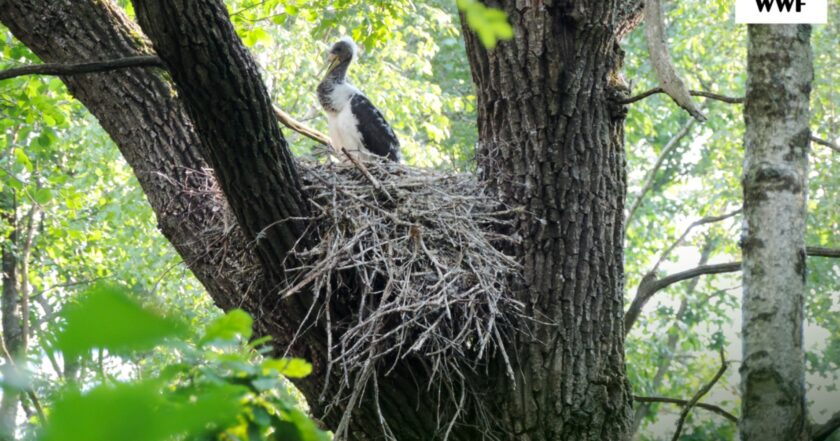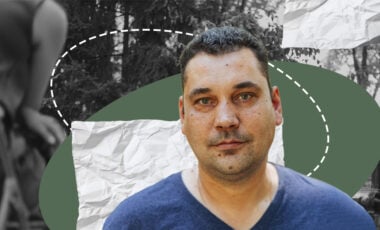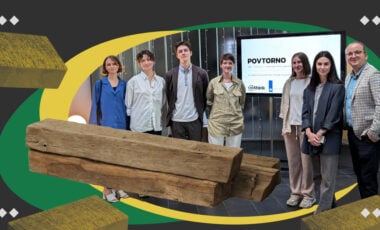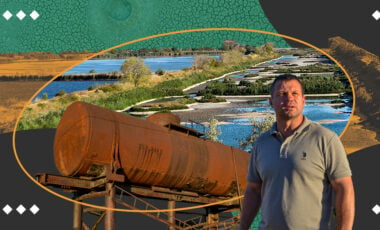Eco-solutions: Kyiv region establishes protection zones to safeguard endangered bird populations

Black stork chicks. Photo: Oleksandr Panchuk. WWF-Ukraine
Twelve nests of rare birds from the Red List of Ukraine, including the black stork, the snake-eater, the lesser spotted eagle, and the gray crane, have been safeguarded on the premises of the Teteriv Forestry Branch, a subdivision of the State Enterprise "Forests of Ukraine." This initiative, led by WWF-Ukraine, was endorsed by the Kyiv Regional Military Administration in late May.
WWF-Ukraine announced that on Facebook.
What is the problem?
These endangered birds have been designated "rare" in the Red Book of Ukraine. They are safeguarded by several global agreements, such as CITES (Appendix II), the Bonn (Appendix II), and the Bern (Appendix II) conventions. Deforestation, conversion of forest areas, and human disturbance destroy their breeding habitats.
During 2016–2023, ornithologist Oleksandr Panchuk identified seven black stork nests, three snake-eater nests, a lesser spotted eagle nest, and a gray crane nest. Teteriv Forestry staff and researchers regularly monitor and safeguard the nests. Every nest is home to a breeding pair of birds successfully producing offspring in favorable years.
Black stork nests are typically found on oak trees at 8-18 meters high. In 2010, a black stork built and occupied an artificial platform in 2012. Snake-eater nests can be found on pine trees at a height of 20–30 meters, while common woodpecker nests are situated on the ground at 16 meters. The nest of a gray crane was discovered on the ground in a wet birch forest near the Tal River.

Gray crane. Photo: Oleksandr Panchuk. WWF-Ukraine
What is the solution?
The areas where the nests were found have ideal conditions for a thriving population of giant birds. Plenty of suitable trees for them to nest in, and the location is conveniently close to their foraging grounds.
"Protected zones aiming to preserve biodiversity are a recent addition to Ukrainian legislation, only established last year. This initiative has allowed for the protection of endangered bird nesting grounds within Teteriv Forestry. We are proud to celebrate this accomplishment and extend our gratitude to all involved," comments Liudmila Slominska, project manager of the "Forests" direction of WWF-Ukraine.
The listed species' nests will have circular protection zones with a radius of at least 500 m. From March 15 to August 1, there will be a seasonal ban on forestry activities for the black stork and from March 1 to August 31 for other species. This ensures that the birds are not disturbed during their breeding season. Within 100 m of the nest (200 m for the snake eater), forestry activities will be permanently banned. The protection zones cover 785 hectares, and 65.94 hectares will have limited economic activities throughout the year.

Black stork chicks. Photo: Oleksandr Panchuk. WWF-Ukraine
How does it work?
The restrictions for preserving nature within protected areas are determined according to Appendix 2 of the Guidelines for Establishing Protected Areas for Biodiversity Conservation in Forests and the Guidelines for Establishing Protected Areas for Preserving Endangered Species in Ukraine. Protected areas may be canceled if there have been no sightings of the endangered species for a minimum of 15 years, as confirmed by at least three field surveys.
WWF-Ukraine, together with researcher Oleksandr Panchuk from the Kyiv Zoo, the Teteriv Forestry, the Department of Ecology and Natural Resources of the Kyiv Regional Military Administration, and the State Enterprise "Forests of Ukraine," initiated the creation of protected zones.
For reference:
WWF is a highly influential and renowned independent conservation organization with a global reach. Its primary goal is to halt the decline of natural systems on our planet and strive towards a future where humans and nature coexist in harmony. For over twenty years now, WWF has been actively involved in various projects within Ukraine, and since 2019, it has served as a national representative office, bringing together members of the public and scientists.
Forests are one of the critical areas of WWF's work. WWF-Ukraine directs efforts to reduce deforestation rates, improve forest management practices, and preserve valuable forests. The team implements projects on broad topics: identifying and preserving primeval forests, combating illegal logging, sustainable forestry practices, and transforming Ukraine's forest policy. The mission of the WWF-Ukraine forest sector, which the organization implements with partners worldwide, is to build a world rich in broad, sustainable forest landscapes that benefit biodiversity, people, and the climate.
Follow the activities of WWF-Ukraine:























































